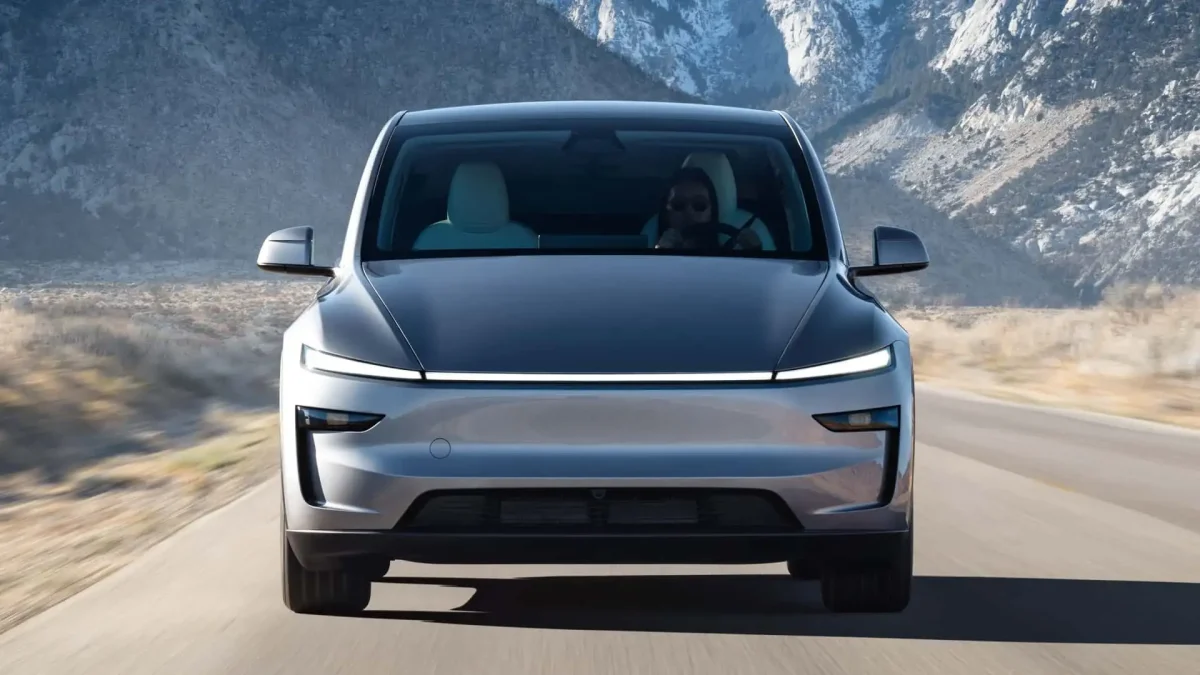We live in a world that is extremely dependent on fossil fuels: they help power our electricity, our homes and most notably, our transportation. On average, a typical passenger vehicle emits 4.6 metric tons of CO2 per year, varying by frequency of use. To provide for the eight billion people in the world, a copious amount of greenhouse gas emissions are being pumped into the atmosphere, striking global warming.
Due to this, many companies have attempted to find a way to invent better transportation alternatives, using a better source of power. That is where the world turns to electric cars. Unlike regular cars that combust diesel, ethanol, petrol and other fossil fuels to generate power, electric cars generate all of their power using a battery. With the burning of fossil fuels removed from the picture, it intuitively makes sense that electric vehicles are a huge help for preserving the environment.
This, along with electric vehicles offering a more modern, sophisticated aesthetic means that people everywhere showed increasing interest in r these cars. That is why from 2011 to 2023, electric vehicle ownership increased by 53% throughout the years. According to the International Energy Agency, nearly one in five cars sold in 2023 were electric.
However, in the past year, there has been a surprising drop in the popularity of electric vehicles. A 2024 survey by the American Automobile Association found that only 18% of U.S. adults said they were likely to buy an electric vehicle, which was a decrease of 23% from 2023. This was following many years of increasing popularity. What caused this drop in interest?
The first issue has to do with the cost, electric cars are often more expensive than most cars. The average upfront cost of an electric car is roughly 56 thousand dollars, compared to 48 thousand dollars for a typical gas car. Considering inflation and stagnant wages throughout the United States, many people might not be able to afford electric cars. But this is not the only issue. The price difference between electric and regular cars is not substantial, however gas cars come with all kinds of additional costs like gas and loans.
Additionally, the issue also has to do with climate change. Even though they are thought to be a part of the journey towards a greener future, the truth does not validify those claims. Electric cars run on batteries, which are usually made of metals such as lithium, nickel, cobalt, manganese, aluminum and copper. Mining these metals takes a huge toll on the environment. Specifically, the negative impacts stem from the toxic fumes released from the mining, as well as the intense water usage during the mining. Getting these materials makes the production of electric cars even more energy intensive than a regular car. A 2021 study comparing electric cars and gas cars found that 46% of electric vehicle emissions came from the production process, while for normal cars it was only 26%. Close to four tons of CO2 are released during the production of just one electric car, and it must be used for eight years to offset those initial emissions.
All in all, electric vehicles, once seen as the way of the future, are part of the problem they swore to solve. Like a devil in disguise, the supposed positive and perfect impression of electric vehicles mask the genuine downsides. So when one buys an electric vehicle to contribute to a cleaner environment, they should think, “Am I really saving the planet?”





















